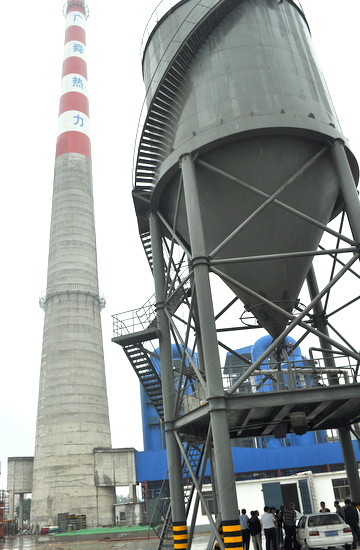'Portuser' contributed this article to NextInsight
This is Part 2. Part 1 was: CHINA SUNSINE: 4Q2014 Likely Sizzling, Profit 220% higher y-o-y
|
Average prices down in early 2015 but... The overall product price decrease of 3.7% should be more than compensated by the steeper price fall of 25% of aniline. DCBS a profit-spinner Sunsine’s performance in 2015 will also depend on the ramping up of new production capacities, namely 8,000 tonnes of DCBS, 4,000 tonnes of MBTS, 15,000 tonnes of 6PPD and 10,000 tonnes of insoluble sulphur (IS). Sunsine had previously ceased production of DCBS because of high costs but is reintroducing it after being able to lower its production cost and eliminate wastewater generation. A website https://www.zauba.com/importanalysis-RUBBER+ACCELERATOR+CBS-report.html shows that import prices of DCBS and TBBS are comparable in India. Like TBBS, DCBS is produced by few players. (a) Its depreciation is negligible (the equipment cost RMB 9m only); (b) Its high selling price of around RMB 24,000 (compared to RMB 24,800 for TBBS) coupled with low aniline prices should yield a fat margin; and (c) Low overheads will be incurred. To a lesser extent, 4,000 tonnes of MBTS will also contribute to the bottom line. (The equipment cost a mere RMB 3.5m.) As the market leader with a strong track record, Sunsine should be able to sell the accelerators. Other possible profit contributors » Insoluble sulphur: Ordinary sulphur melts at high temperatures, and is replaced by insoluble sulphur (IS) during vulcanisation. Sunsine started producing IS in 2008. When its 10,000-tonne IS line in Shanxian reached full production, a new base at Dingtao, with a capacity of 40,000 tonnes of IS came into being in 2012. Output from the first 10,000-tonne IS line in Dingtao has been low, but should pick up as this new product gains wider recognition. The utilisation rate of Sunsine’s first 15,000-tonne 6PPD line should be picking up as more accreditations from tyre manufacturers are won. A higher output should improve its profit even before the new line starts production. » Centralised steam/electricity production (pic, right): The company's new steam/electricity plant in Shanxian will supply steam to all factories located in designated areas nearby. A Strong balance sheet Sunsine’s present production capacity of 152,000 tonnes is six times the 26,000 tonnes it had in 2007, the year it went public. Projects completed in the past two years, including the steam/electricity plant, have cost an aggregate of RMB 370m in capital spending and entailed high operating costs.
Sunsine had turned to debt financing instead of raising funds via share placements. The company has been cautious, or over-cautious to be more exact. It stays liquid, maintaining enough cash and trade receivables secured by bank guarantees for any unexpected loan redemption. Despite its huge capex, Sunsine has paid a total of RMB 160m in dividends since its listing, and bought back 26m of its own shares on price weakness. Strong cash flows in recent quarters have enabled it to pare down its outstanding bank loans, which peaked at RMB 369 m last Sept, to RMB 268 m as of Monday (26 Jan 2015). |
||||||||||||||||||||||||||||||||||||||||||||||||||||||||||
Recent story: CHINA SUNSINE: Interesting insights from video







